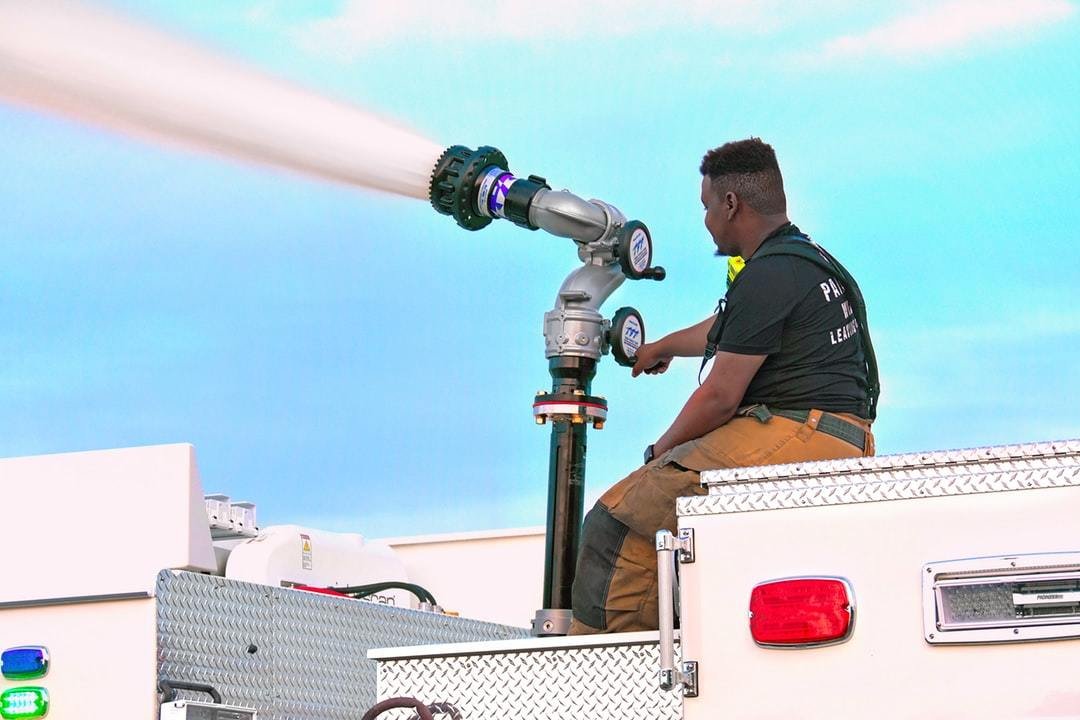How to Design the Right Hose

Designing a good hose requires that you make a few things into consideration. The hose needs to be cost effective, efficient and long enough to perform its activities. When the hose fails it means that you stop your job. You won't do your job in time. The extent of damage on goods and even the house will be higher when the hose breaks down while putting out fire. When various dangerous commodities are being transferred then the people around can be exposed to this harmful chemicals which may cause health issues. The assembly and hose design is very important so as to protect people and ensure work is done on time. The operations that require the use of the hose will be done in time and in the right manner when the design and assembly is done as required. You need to contact a team that understands what are needed in the making of the hose. You don't want to be in a situation where you will experience losses on costs incurred and injuries on other people or workers.
You need to be aware on the things you should check on when designing the best hose.
The first thing to check on is the size of the hose. You have to check on size since hoses are used differently. The standard lengths of the air and water hoses are in 25 inches, 50 inches and 100 inches. The port size needs to be at the correct size to fit the entry port when transferring liquid products. When designing the hose it should be long but not too long. There should be adjustment being made on the pipes to ensure they cater to different scenarios. The temperature that the material that is being used in making the hose should be taken into account. The hose will last long when the temperature of the material is looked at. Temperature reduces the lifespan of the hose just like abrasion and chemical incompatibility. The materials used in making of the hose can withstand temperature at different levels. The following are the materials that are being used in making of the rubber PVC, silicone, standard rubber, engineered rubber and Teflon. Click here to learn more about the hose assembly.
The second thing to look at is the pressure that the hose can withstand. The application of the hose determines the pressure to be checked at. The conventional hoses mostly withstand a pressure of 2500 to 4000 psi. There are larger hoses can withstand a pressure of 5000 to 6000 psi. In such hoses the flexibility is decreased and they weigh a lot. The design and assembly of the hose is determined by where the hose will be used. You have to look at this factor.
Click here for more info about piping and plumbing fitting: https://en.wikipedia.org/wiki/Piping_and_plumbing_fitting.
